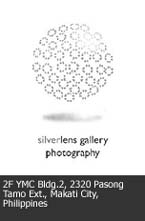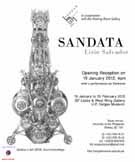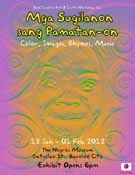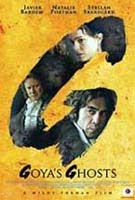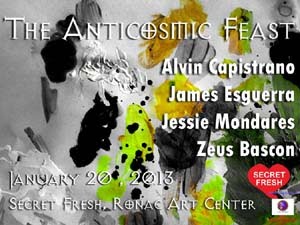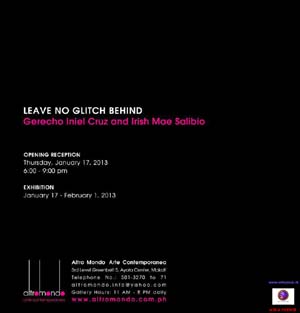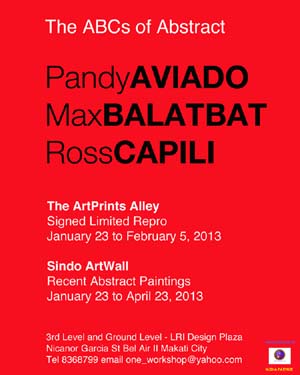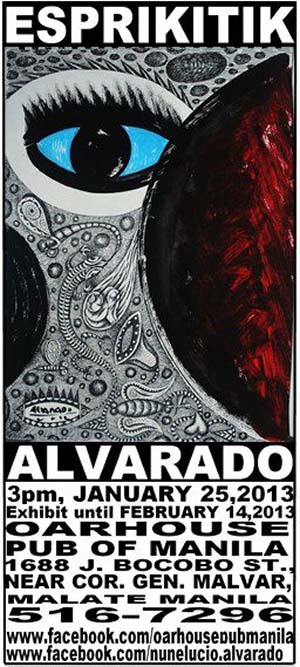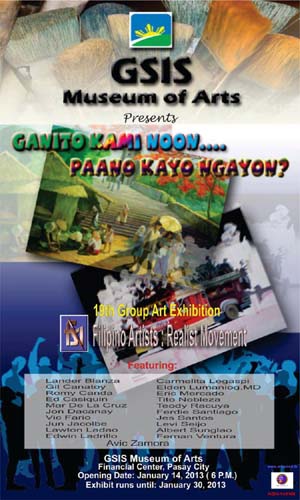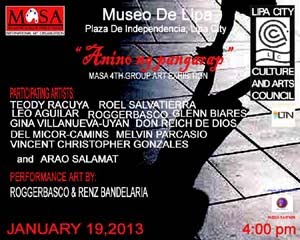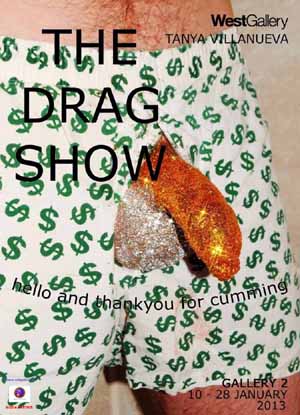
The Issue: Defamation and Artistic Expression
Although individual states may define it differently, all are uniform in stating that defamation encompasses the expression of a falsehood that harms the reputation of another person. Prior to the 1960's, courts did not view the First Amendment as a restriction on how states defined or punished defamation in any way; defamatory statements were simply not protected by the First Amendment. While defamation remains an unprotected category of expression, in a line of cases since the mid-1960's the U. S. Supreme Court has established that state defamation laws are not entirely invisible to the Constitution in a number of ways. Those most relevant to artistic expression are:
- A statement presented as an opinion gets no special First Amendment protection if it can be reasonably interpreted as stating actual facts about a person and those facts can be proven false. The Supreme Court's decisions make it clear, however, that a statement of pure opinion cannot be deemed defamatory because it cannot be proven false and contains no actual facts. Moreover, works of satire and parody are protected because they cannot reasonably be understood as stating actual facts.
- If the allegedly defamed person is a public official, it has to be proven that the person expressing the falsehood did so knowing it was false or with reckless disregard of whether it was false or not--a legal standard very difficult to meet. In other words, if the speaker can show he made an honest mistake, he is not liable even if the statement injured a public official's reputation. The Supreme Court reasoned that erroneous statements are inevitable in free debate about public officials and must be protected if freedom of expression is to have the "breathing space" that it needs to survive. The same standard applies if the defamed person is a "public figure," someone who is well-known in the public eye for particular reasons.
- This higher standard does not apply if the defamed person is a private figure. In such cases, the person expressing the falsehood can be held liable even if he actually believed the statement to be true but it was unreasonable under the circumstances for him to hold such a belief. Thus, a private figure faces fewer legal obstacles in order to prevail in a defamation suit than does a public official or public figure.
The Case: Jeffrey Altbach v. Franciszek Kulon
In the spring of 2000, artist Franciszek Kulon created a 3' by 4' painting of Jeffrey Altbach, a lawyer and Town Justice for the Town of Liberty, Sullivan County, New York. Kulon portrayed Altbach as the devil by giving him such features as a horn, a hoof, and a tail. Some years prior, Kulon had appeared as a defendant in a case presided over by Altbach and apparently was displeased with how Altbach handled the case. To announce the opening of his new art gallery, Kulon created 8 1/2" by 11' flyers that prominently displayed the painting with its title, Our Honorable Judge of Liberty. At the bottom of the flyers, Kulon placed a reproduction of Altbach's ad from the Yellow Pages which included a photograph of Altbach in the same pose as in the painting.
Altbach initially sued Kulon for defamation. He later added claims against Kulon for violating New York statutes prohibiting the use of a person's image without his or her consent for "advertising purposes, or for the purposes of trade." In response, Kulon filed a motion for summary judgment, essentially arguing that the case should not be allowed to go to trial because Altbach was a "public figure" and the painting and flyers were protected speech under the First Amendment. The trial judge agreed on the claim of defamation.* Citing U. S. Supreme Court precedent, the judge ruled that the painting and flyers represented Kulon's opinion of Altbach and they could not "reasonably be understood as describing actual facts"; specifically, that Altbach was actually the devil.
*Although the trial judge did not throw out the claim of unauthorized use of Altbach's image in the flyers, a New York appellate court later determined that he should have. The court held that there was a well-recognized exception to the state law for advertising that is "undertaken in connection with a use protected by the First Amendment." Because the Yellow Pages' ad served to illustrate Kulon's painting was a commentary of Altbach's performance as a judge, the court held that use of the ad was "part and parcel of the parody" and fell under the exception to the state statute.
http://www.tjcenter.org/ArtOnTrial/defamation.html
Our Honorable Judge of Liberty
(3' by 4' oil painting)
by
Franciszek Kulon




























































